“The Great Tangshan Earthquake” is a film based on a true story. The film recreates the earthquake that occurred in Tangshan City, Hubei Province (China) in 1976. And behind the films about natural disasters, the most touching story is always humanity, love, solidarity, and sacrifice for each other in the moment of life and death.

Behind the disaster is eternal pain
“Aftershock” is the original title of the film, which means “aftershock”. It is the pain left after the earthquake that shook the entire city of Tangshan.
In the early morning of July 28, 1976, a 7.8 magnitude earthquake suddenly occurred, with unprecedented intensity, in just a few seconds it devastated Tangshan, taking the lives of more than 200,000 people.
When bringing the story to the screen, director Feng Xiaogang not only focused on using special effects to depict the horror of the earthquake, he also brought his camera close to the lives and destinies of people who were completely destroyed after that earthquake.
The film recreates the earthquake that "shook" the screen, setting a box office record in 2010 with stories that touched the hearts of viewers, about human fate.
The film focuses on the story of a family that suffered the devastating consequences of the earthquake. After witnessing her husband being buried to death, Li Yuan Ni had to make a decision, with both of her children lying under the rubble.
The rescue team said that Ly Nguyen Ni's two children were lying at two ends of a concrete slab, they could only save one of them, Ly Nguyen Ni had to decide whether to save her daughter Phuong Dang, or her son Phuong Dat.
In her desperation, Ly Nguyen Ni begged the rescue team to save her son Phuong Dat. She could not have imagined that her choice would be heard by her daughter Phuong Dang, who was lying on the other side of the concrete slab.
“The Great Tangshan Earthquake” delves into the psychological developments, mental destruction, and pain that tormented the three characters Li Yuanni, Fang Deng, and Fang Da for many years after the earthquake ended. Tangshan was rebuilt after the disaster, the city rose stronger and stronger, but the pain of losing loved ones, the pain of separation, remains forever in every life and destiny.
SCPM writes about the movie “Tangshan Earthquake” as an insightful look at natural disaster. The approach to the story of human fate after the disaster is deeply moving, bringing millions of viewers to tears.
Human nature and God nature
Behind the sets movie Regarding natural disasters, the most touching stories are always about humanity, love, solidarity, and sacrifice for each other in the moment of life and death.
“Tsunami in Haeundae” - a Korean film that became a box office phenomenon when revolving around the lives and overlapping relationships of people when a tsunami occurs.
“Tsunami in Haeundae” not only aims to recreate the ferocious, building-high tsunami that crashed into the city, the film focuses on the lives and fates of people when they are crushed and panicked in the midst of natural disasters. When nature rages, human fate becomes fragile, small and tragic.
The tsunami suddenly hit the coastal city, when the peaceful lives of thousands of ordinary people were going on. An old mother was arguing with her 30-year-old son who was still unemployed at home. A divorced couple who met by chance were questioning their breakup…
All of them - those who were living happily or sadly, rich or poor, those who had unfinished plans, those who still had things to cherish, those who had not yet had time to say what they wanted to say to their loved ones... ended their lives on a dark day.
In the midst of panic, in the midst of that terrible battle for survival, tragedies still occur. Maybe the person you hated and despised yesterday is the one who will save you in today's disaster. The person you needed to apologize to didn't have time to say it. The person you loved the most suddenly left in a flash...
Source


![[Photo] Looking back at the impressive moments of the Vietnamese rescue team in Myanmar](https://vstatic.vietnam.vn/vietnam/resource/IMAGE/2025/4/11/5623ca902a934e19b604c718265249d0)
![[Photo] "Beauties" participate in the parade rehearsal at Bien Hoa airport](https://vstatic.vietnam.vn/vietnam/resource/IMAGE/2025/4/11/155502af3384431e918de0e2e585d13a)














![[Photo] Summary of parade practice in preparation for the April 30th celebration](https://vstatic.vietnam.vn/vietnam/resource/IMAGE/2025/4/11/78cfee0f2cc045b387ff1a4362b5950f)












































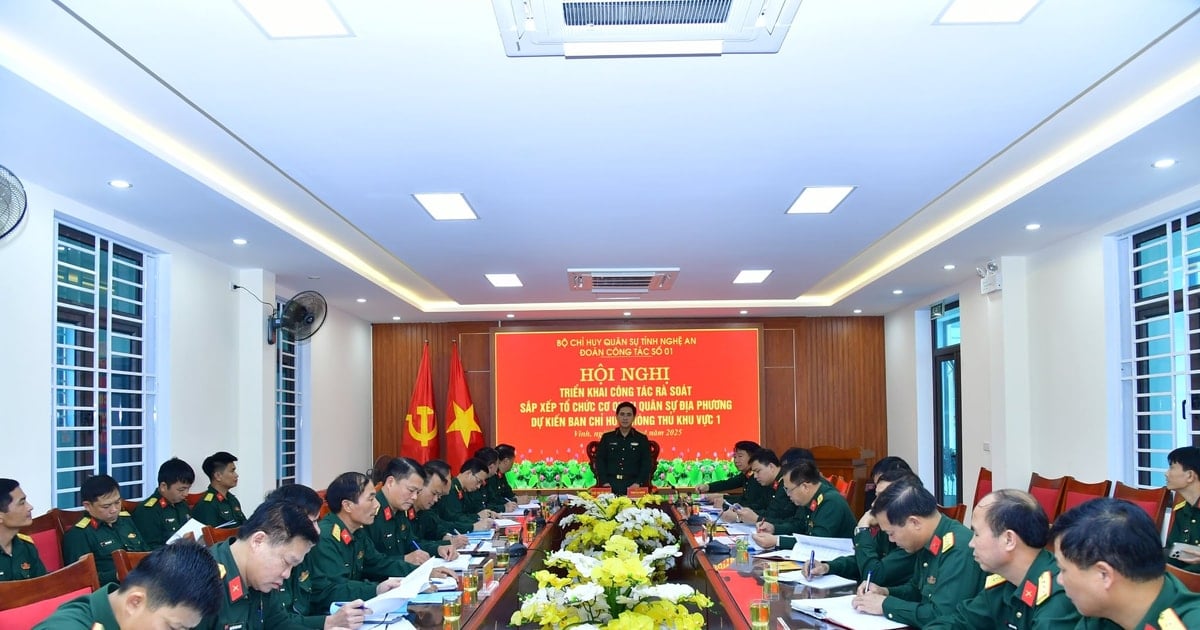















Comment (0)